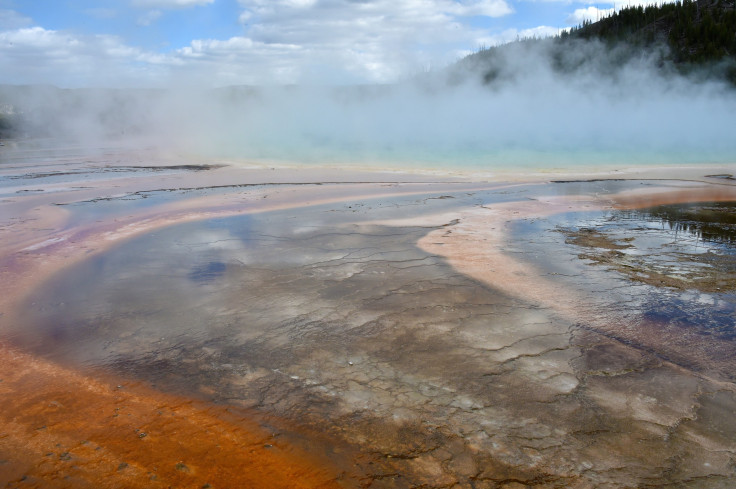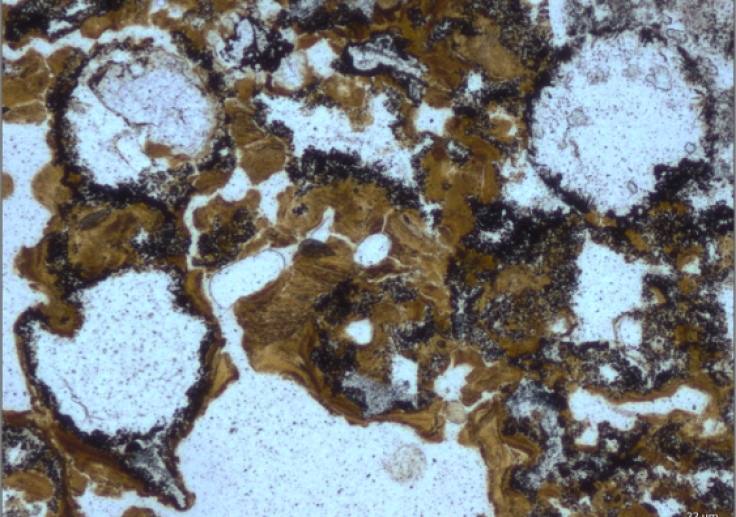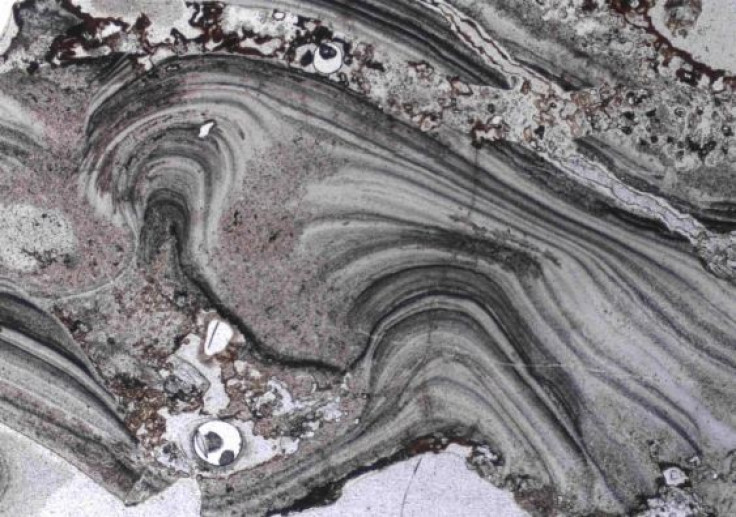Origin Of Life: Scientists Discover Oldest Evidence Of Life On Land In 3.5 Billion Year Old Hot Spring Deposits

How did life on Earth come to be? Did it begin, as Charles Darwin once remarked, in “a warm little pond” where molecules first learnt to replicate, or did it begin in the depths of oceans, where hydrothermal vents provided the energy for early life to appear?
These are the questions that keep evolutionary biologists awake at night.
Read: What Delayed The Origin Of Complex Life On Earth?
In a new study published in the journal Nature Communications, a team of researchers has now described what is potentially the oldest evidence of life on land — fossils of microorganisms in 3.48 billion-year-old hot spring deposits in Western Australia's Pilbara region.
The discovery pushes back the earliest known existence of microbial life on land by at least 580 million years, and raises an intriguing question — where did life first emerge, on land or in the oceans?
“Our exciting findings don't just extend back the record of life living in hot springs by 3 billion years, they indicate that life was inhabiting the land much earlier than previously thought, by up to about 580 million years,” the study’s first author Tara Djokic, a PhD candidate at the University of New South Wales in Australia, said in a statement.
“This may have implications for an origin of life in freshwater hot springs on land, rather than the more widely discussed idea that life developed in the ocean and adapted to land later.”
Djokic and her colleagues made the surprising discovery while analyzing exceptionally well-preserved deposits in the ancient Dresser Formation in the Pilbara Craton of Western Australia that are approximately 3.5 billion years old. The fossils discovered in these formations include stromatolites – layered rock structures created by communities of ancient microbes — and several other signatures of microbial life, such as a microbial palisade texture preserved in stone, and bubbles that were most likely trapped in a sticky substance produced by ancient bacteria.

The researchers inferred the land-based origin of these fossils due to the presence of geyserites, which are mineral deposits found only near terrestrial hot springs.
“This shows a diverse variety of life existed in fresh water, on land, very early in Earth’s history,” study co-author Martin Van Kranendonk, director of the Australian Centre for Astrobiology and head of the UNSW school of Biological, Earth and Environmental Sciences, said in the statement.

In addition to answering the longstanding question of where on life originated on this planet, the discovery also has implications for the search for ancient fossils on Mars, which may have had hot springs on its surface about three billion years ago.
“Of the top three potential landing sites for the Mars 2020 rover, Columbia Hills is indicated as a hot spring environment,” Djokic said in the statement, referring to one of the landing site candidates for NASA’s upcoming mission to the red planet.
“If life can be preserved in hot springs so far back in Earth’s history, then there is a good chance it could be preserved in Martian hot springs too.”
© Copyright IBTimes 2024. All rights reserved.












